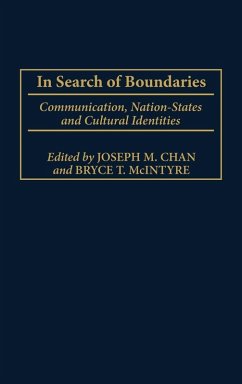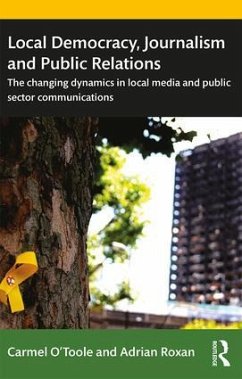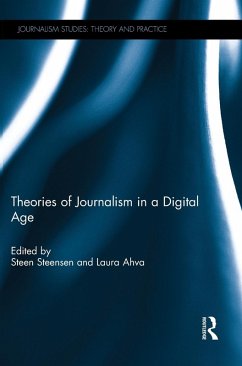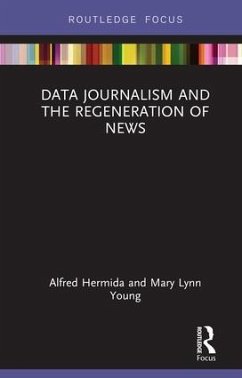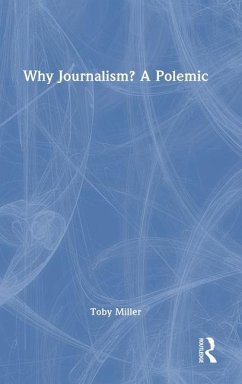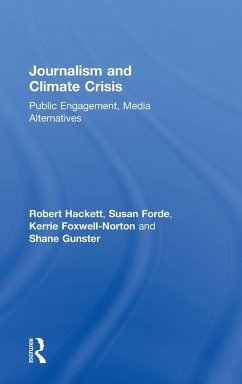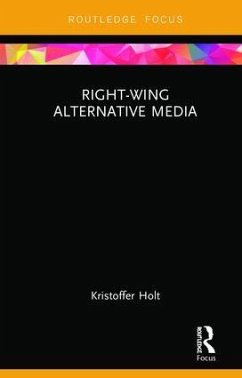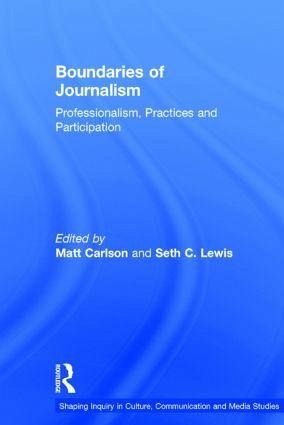
Boundaries of Journalism
Professionalism, Practices and Participation
Herausgeber: Carlson, Matt; Lewis, Seth C.
Versandkostenfrei!
Versandfertig in 1-2 Wochen
168,99 €
inkl. MwSt.
Weitere Ausgaben:

PAYBACK Punkte
84 °P sammeln!
The concept of boundaries has become a central theme in the study of journalism. In recent years, the decline of legacy news organizations and the rise of new interactive media tools have thrust such questions as "what is journalism" and "who is a journalist" into the limelight. Struggles over journalism are often struggles over boundaries. These symbolic contests for control over definition also mark a material struggle over resources. In short: boundaries have consequences. Yet there is a lack of conceptual cohesiveness in what scholars mean by the term "boundaries" or in how we should think about specific boundaries of journalism. This book addresses boundaries head-on by bringing together a global array of authors asking similar questions about boundaries and journalism from a diverse range of perspectives, methodologies, and theoretical backgrounds. Boundaries of Journalism assembles the most current research on this topic in one place, thus providing a touchstone for future research within communication, media and journalism studies on journalism and its boundaries.





